Roberto Ramón Nuñez

“The Art of Self-Knowledge”
Lecture Performance | 2022
Urdinarrain, Entre Ríos | Argentina
This FSA Inspiration highlights a special talk by Argentinean artist and architect Roberto Ramón Nuñez regarding his transformative creative journey, intertwining themes ranging from personal crisis to artistic growth and spiritual awakening. The talk begins with reflections on “The Museum of the Mind: Conversations with My Other Self,” a notebook he filled with intricate drawings, paintings, and collages accumulated over ten years. The notebook, a gift from the artist’s wife, Marisa, symbolizes ongoing artistic exploration, emotional expression, and a quest for understanding cosmic spiritual patterns affecting human lives.
Initially uncertain about the focus on his notebook over his larger body of paintings, Nuñez’s perspective shifted after a conversation with curator Leeza Ahmady, who emphasized the notebook’s insightful significance, which captured his creative process and ongoing spiritual evolution, extending beyond his technical skills as a painter. This realization coincided with a personal crisis, during which Nuñez questioned his purpose and felt inadequate as an architect, graphic designer, and illustrator. Ahmady’s observations and criticism from another mentor led Nuñez to rediscover his childhood passion for drawing, which evolved into a meditative daily practice.
Parallel to his artistic journey, Nuñez inhabits a profound spiritual quest rooted in childhood memories, including aspirations to become a priest. While working on his notebook, Nuñez explored multiple therapeutic modalities and art forms, from music to traditional Argentinian folk dances. He also immersed himself in esoteric spiritual practices and philosophical and religious texts, eventually leading to a deep passion for studying astrology. This process proved transformative, wherein Nuñez had this epiphany: “Art goes hand in hand with spirituality—one cannot focus on one without influencing the other.” He reflects on the presumably ironic role of astrology which reconnects him to his love for Christianity and deepens his understanding of Christian theological concepts. His art, closely intertwined with his spiritual path, guided by his Libra ascendant sign (emphasizing balance and partnership), became central to his creative and personal evolution.
Select Images

Roberto Ramón Nuñez, "If I Believe It, I See It" page from "The Museum of the Mind: Conversations with My Other Self," 2011-2021. Drawing and collage (ink pen, markers, watercolor, acrylic and glue). Photo by Sebastián Ingrassia

Roberto Ramón Nuñez, "Estela’s Death" page from "The Museum of the Mind: Conversations with My Other Self," 2011-2021. Drawing and collage (ink pen, markers, watercolor, acrylic and glue). Photo by Sebastián Ingrassia

Roberto Ramón Nuñez, "Emotional Range" page from "The Museum of the Mind: Conversations with My Other Self," 2011-2021. Drawing and collage (ink pen, markers, watercolor, acrylic and glue). Photo by Sebastián Ingrassia

Roberto Ramón Nuñez, "Portraits of the Soul" page from "The Museum of the Mind: Conversations with My Other Self," 2011-2021. Drawing and collage (ink pen, markers, watercolor, acrylic and glue). Photo by Sebastián Ingrassia

Roberto Ramón Nuñez, "You Have to Run Far Away" page from "The Museum of the Mind: Conversations with My Other Self," 2011-2021. Drawing and collage (ink pen, markers, watercolor, acrylic and glue). Photo by Sebastián Ingrassia

